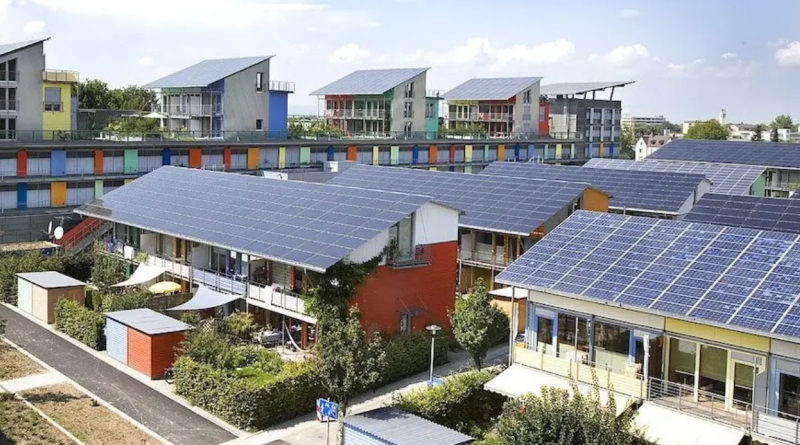Distributed Grid Could Absorb Peak Demand, Wipe Out Energy Insecurity by 2035: Deloitte

Distributed energy resources (DERs) like batteries and electric vehicles could absorb the entire increase in peak demand that U.S. power grids are projecting through 2035, but only if utilities seize the opportunity and engage more closely with customers, management consultants at Deloitte conclude in a report issued last week.
The findings echo a similar study in Ontario in September, 2022, that concluded the province could use DERs to eliminate a projected electricity shortage without resorting to new gas peaker plants.
DERs at the distribution level “are transforming the grid and could help meet rising demand while advancing decarbonization, affordability, and resilience goals,” Deloitte writes. With more than 1,500 gigawatts of new generation, storage, and flexible demand capacity available across the U.S., “household power supply from DER could surpass peak demand by 2035 in a decarbonized scenario.”
Deloitte uses the term “DERstribution” to describe a decentralization of electricity production and storage at what Greentech Media, now Canary Media, first referred to as the grid edge. That trend “is changing the historical unidirectional power flow from utility power plants to customers as bidirectional DER networks multiply,” Deloitte writes. “Commercial, industrial, and other customers are part of this DERstribution, but households form the most distributed and versatile customer segment, with the greatest capacity and equity potential.”
But tapping into that potential will mean anticipating and addressing the risks in the transition, the report warns.
“Using DER, households can now pursue their own financial, operational, and environmental priorities, while utilities still have an obligation to serve them,” the Deloitte team writes. “If unmanaged, these resources could complicate utilities’ efforts to balance decarbonization with affordability. But if utilities successfully engage customers, they could harness DER to help meet peak demand with clean energy and provide essential grid services, while equitably sharing revenue and resilience benefits with households and placing downward pressure on rates.”
The report calls on utilities to develop integrated resource plans that maximize the value of DERs and sets out a role for regulators in aligning all parties with state-level targets, based on a “data-efficient architecture with technical, operational, and regulatory capabilities.” But if utilities can get the transition done, Deloitte sees important front-line benefits.
“If building sector decarbonization targets were met starting with lower- and moderate-income customers,” the report says, “all energy insecure households in every state could benefit from retrofitted, energy-efficient, and cost-saving homes by 2035.”





